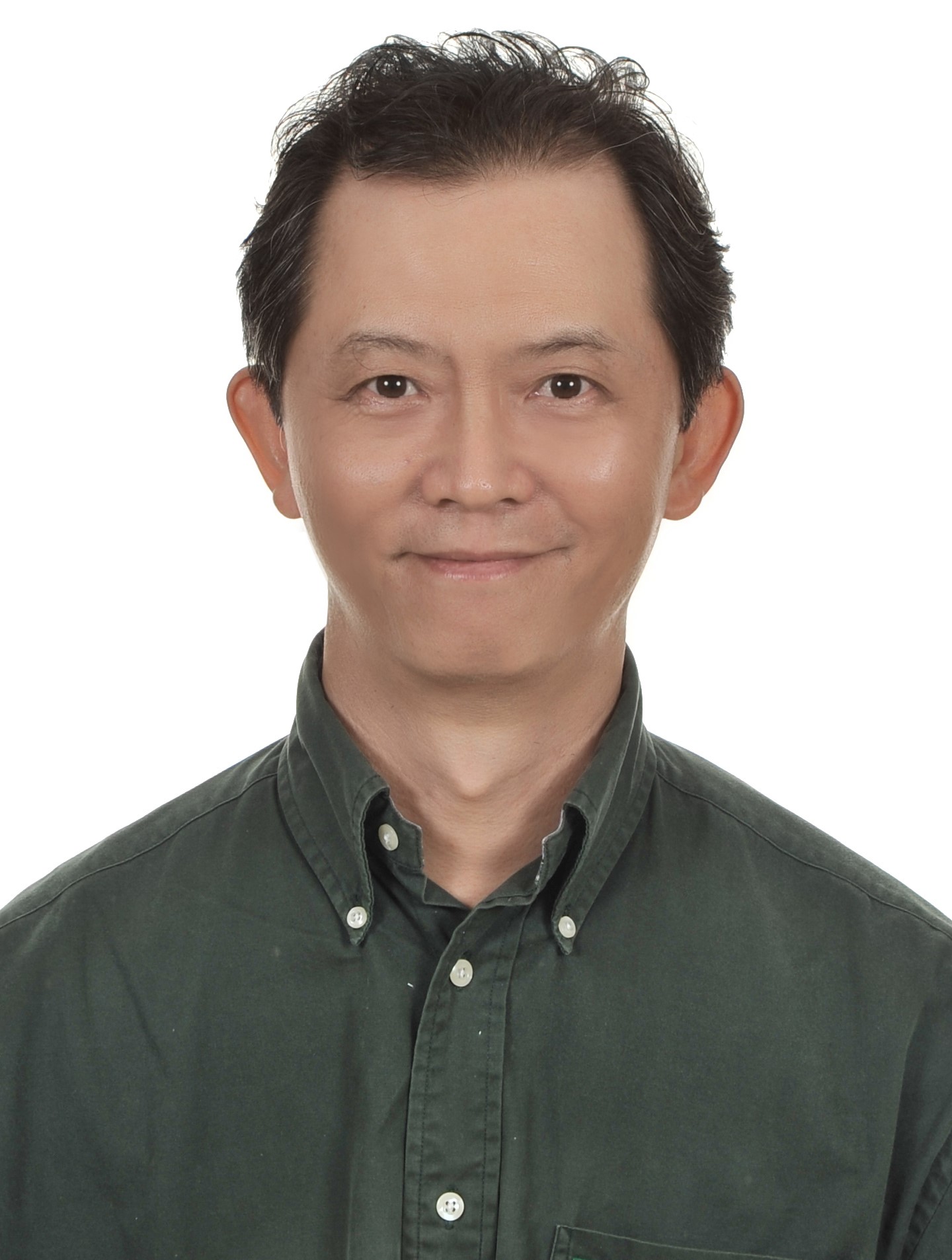
Prof. Yue-Min Wan
I-Shou University, Taiwan, China
Title: Atomic Stimulated and Spontaneous Electron Emissions in Nanopillar Transistors
Abstract: Artificial atom is a symmetric quantum dot transistor (QDT) which can exhibit ordering tunnels of electrons and show spatial distributions of electrons in s, p, d shells of natural atoms. Achieving such device implies the technological ability of controlling electron transport in mimicking the stimulated and spontaneous emissions of photons in real atoms via the well-known two-level transitions. In a previous experiment by Tarucha and Kouwenhoven et al., the ordering of total electron number N in the QDT is discovered. Two series are identified, the even N = 2, 6, and 12 claiming the full filling of electrons in the first, second, and third shells in a two-dimensional (2D) harmonic potential, and the mixture of even and odd series N = 4, 9, and 16 being half filling in the second, third and fourth shells to mimic the three-dimension (3D) spherically symmetric shells of 1s, 2s, 2p, 3s, 3p, etc., in atoms. These studies highlight the importance of Hund’s rule that prescribes an atom being most stable when the outer p, d, f shells are fully occupied and less stable when they are half occupied. Yet, a close examination reveals that these Ns only achieve inner s shell symmetry with △N = 2, as electrons are forced into circular motion by a magnetic induction B and a lack of consistent evidence for p shell symmetry with △N = 6.
TO BE ADDED...




